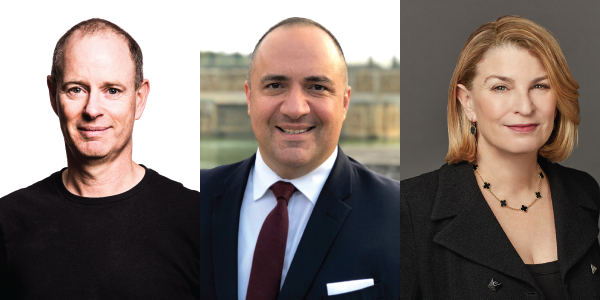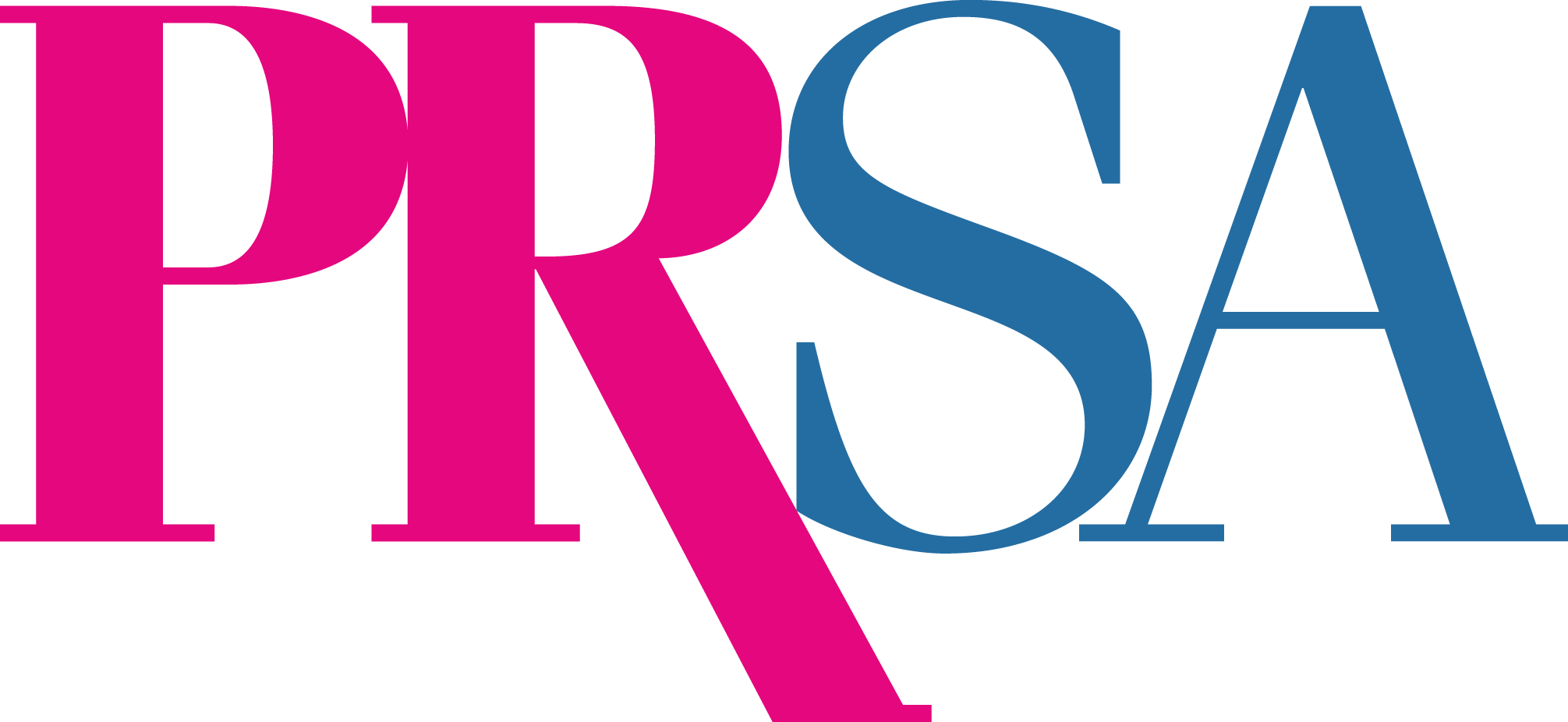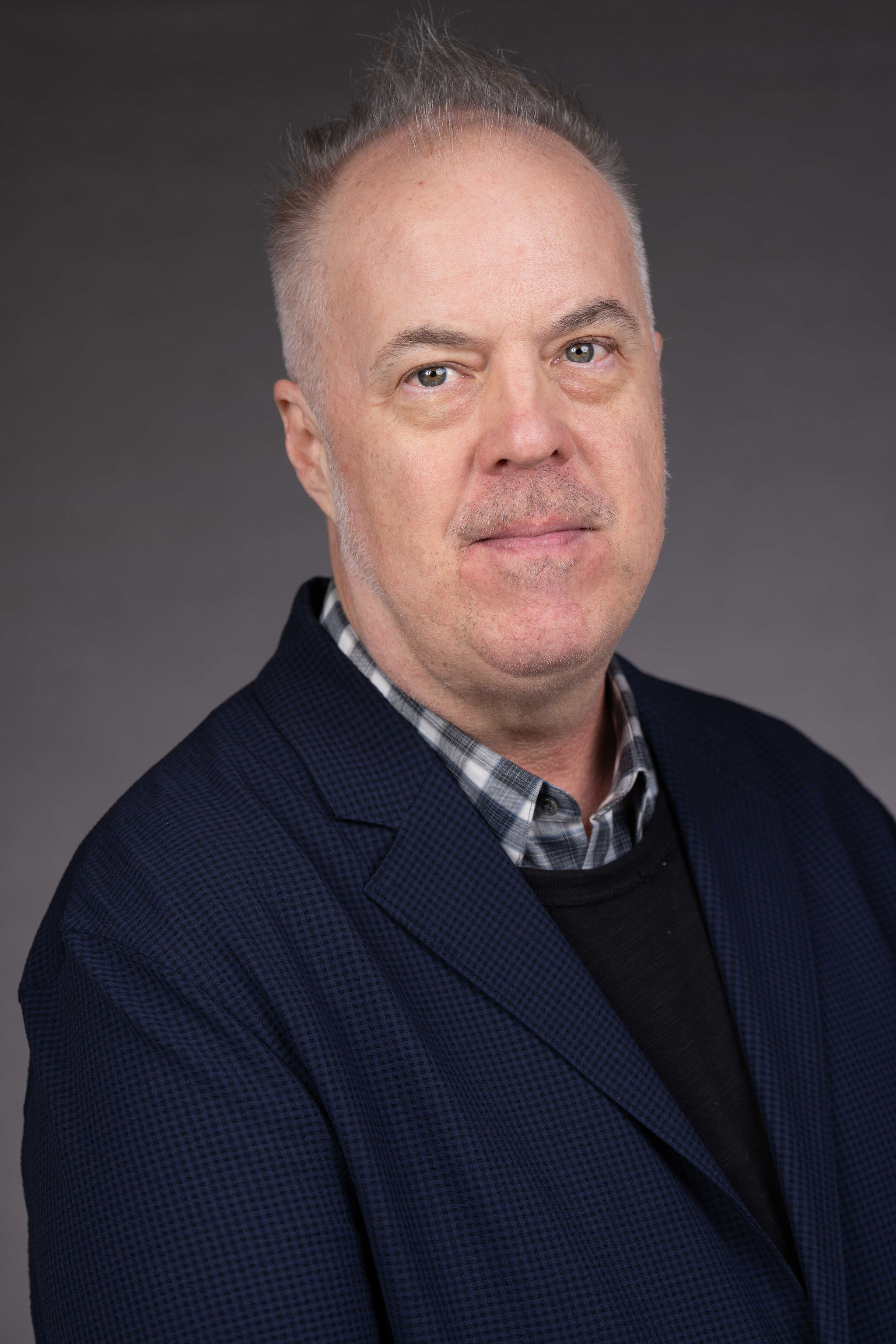Communications Executives on Building and Protecting Trust
By John Elsasser
November-December 2021
As trust in American institutions declines, companies should understand who they are and be consistent in how they present themselves, said Frank X. Shaw, corporate vice president, communications at Microsoft.
“Any gap in that [consistency] causes you to degrade trust,” he said. “Trust isn’t built overnight, nor is it generally lost overnight. It requires a lot of ongoing work that involves introspection” and activity.
Shaw was one of three keynote panelists for the General Session on Oct. 11 titled “Building Trust in a Distrustful Age.” As the virtual event’s moderator, PRSA CEO Linda Thomas Brooks asked the panelists how organizations can build, maintain and regain trust in an era of misinformation, cybersecurity threats and social-political upheaval.
To earn trust during its development of the coronavirus vaccine, Pfizer embedded journalists and a film crew within the company “at the risk of potentially documenting our failure, but, more important, to create a believable, credible record,” said panelist Sally Susman, the pharmaceutical giant’s executive vice president and chief corporate affairs officer.
Panelist Aaron Sherinian is vice president, global communications transformation, for Philip Morris International, a company making a pivot to a smoke-free future.
“We’re going to be about a change,” Sherinian said. “When people started to repeat that message,” it was his “biggest metric of a trust movement.” [Editor’s note: Sherinian recently became SVP of global reach at Deseret Management Corporation.]
Understand that trust ‘can’t be a communications strategy.’
Daily decisions either help create or erode trust, Shaw said. To build trust with the public, companies “have to commit to it at all levels of the organization. It can’t be a comms strategy, a stunt or a PR tactic. It has to be a red thread that gets pulled through everything” to build trust in a sustained manner, rather than episodically. Otherwise, he said, the organization opens itself to accusations of hypocrisy.
When issues of public trust arise, how do the panelists balance the need to respond quickly with the necessity to “carve out time to make a complete and thoughtful assessment?” Thomas Brooks asked.
Organizations should “move at the speed of trust,” Susman said. “You need to come forward swiftly, but with meaningful information.”
“When you’re on the ropes, there’s this urge to fire back right away,” Shaw said. “But you might have to stay on the ropes until the round ends, and then you can recover.”
Watch for ‘charismatic stories.’
Shaw said his team looks for “the characteristics of a charismatic story” that might spread and undermine trust in the company, even from a social media account with a small following. But given the speed of today’s news cycle — only a couple of hours before the next headline breaks — sometimes it’s best not to start another news cycle by responding, he said.
Philip Morris International has learned from faith traditions and institutions, Sherinian said. “They’ve taught us that, when there’s a crisis, we have to be covenantal — not transactional,” to have agreements with different groups of people within civil society. This approach “will help you decide when you need to react,” he said.
Responding to a question from the audience, Shaw cautioned that misinformation could get worse in terms of its impact on brands. In many cases, adversaries are “actively working to share disinformation or to degrade trust in institutions,” Shaw said. “Understanding what those motives are” and who is spreading the falsehoods allows brands to take action.
Susman closed with an optimistic statement: “Truth told in a clear voice will win the day.”
More Thoughts on Building Trust
During their General Session, the panelists discussed a variety of topics, including:
Responding to trust issues
Aaron Sherinian: We’re in this era where disinformation, misinformation is the hottest thing — and the thing that we don’t understand enough. Speed has to be there when it’s about facts and science, giving people primary-source information that’s easily understandable.
If a brand encounters a trust problem, there’s this vector of time where you’re not going to be able to dig yourself out of a crisis immediately.
This is going to take time. It’s going to take facts. It’s going to take us telling the story multiple times. It’s going to mean showing up in civil society to listen to what happened, to take the licks where they’re merited and to find out where someone’s blaming you for an issue that isn’t directly related to you, but there’s a perception that it is.
Managing critics
Sally Susman: The worst thing you can do to a critic is alienate them, demean them, belittle their concern. To build confidence in the vaccine, I do not call anyone an “anti-vaxxer.” I don’t think that’s a smart way to change a mind or move a heart.
We’ve tried to approach people with a mutual desire to learn and to understand. There are quite a lot of key opinion leaders right now on television, 24/7, talking about the vaccine: Is it good for kids? Do you need a booster? I have made a team of everyone from the CEO through the scientists and we reach out to these opinion leaders and say, “I heard you saying this and this. Let’s talk about that.”
It’s not something you can do in a bunker mentality. You have to pick up your phone, create a FaceTime call and just talk to people. I have found some of our staunchest critics are really just looking for information.
Finding the right spokespeople
Frank X. Shaw: Think about the audience you’re trying to reach. In addition to having the message right, think about who is best to reach that audience. And that’s where things get tricky, because you can have senior executives who own a product or a service and they’re good presenters and want to be the voice for that particular launch. But maybe we’re going for a different audience than they represent. You have the conversation with them that no, you actually don’t reflect the audience we’re trying to reach and you won’t be the most effective spokesperson for that reason.
Somewhere in the organization is somebody who does represent that audience — whether it’s a demographic audience, whether it’s age, whether it’s topical — and we’ll use that person. In cases like that, we do media training to make sure they are comfortable. We don’t want to turn everybody into super-polished spokespeople, but we want them to be confident that they’re able to do this.



